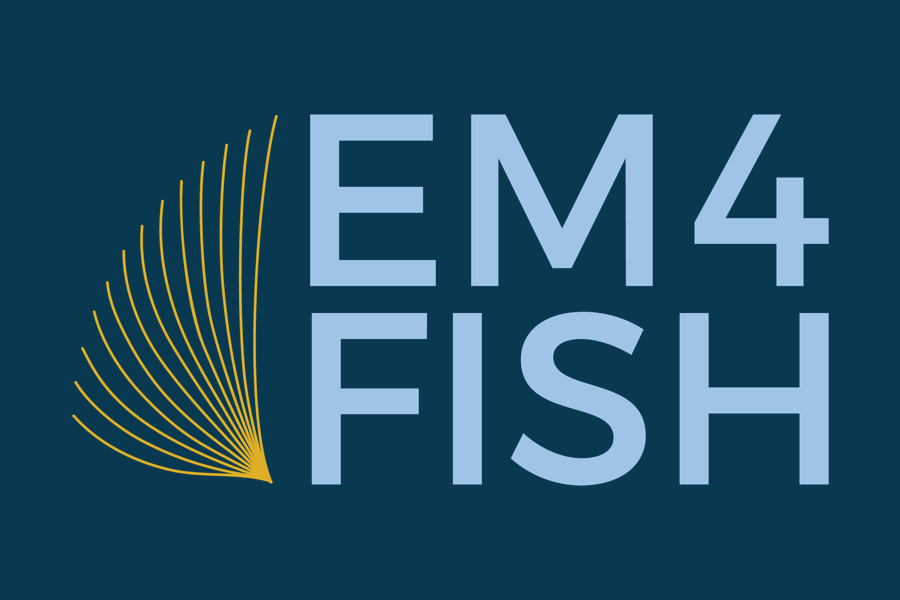Abstract: Within fisheries, stakeholders often have varying viewpoints regarding natural marine resources, and use different sets information to evaluate their condition. Evaluating a resource with different sets of information can lead to different conclusions. Windowpane flounder (Scophthalmus aquosus) are a managed finfish species in the northwest Atlantic whose regulations have the potential to limit harvest opportunities for target species. We analyzed commercial trip and catch information from video data to understand local densities of windowpane flounder in conjunction with fisheries independent surveys. Video monitoring data from three Rhode Island commercial fisher’s vessels and fisheries independent trawl survey data were analyzed to understand the geographic distribution of the stock as well as overlap with temporary closed areas. Biomass data from the fisheries-dependent and fisheries-independent surveys were combined with a spatial-temporal model that accounted for differences in catchability among vessels and spatial autocorrelation. A separate analysis of estimated discard rates with observer data was also conducted to determine how the distribution of windowpane discards in Southern New England compared to the distribution of model predicted windowpane abundance. In agreement with the fishermen’s observations, the temporary closed areas were not located where the highest densities of windowpane flounder occurred. The temporary closed areas, however, were located where the highest rates of discards occurred and thus where fishing had the greatest impact on the stock. The integration of verified fishery-dependent data with the scientific surveys has the potential to create a single set of information that is trusted by all user groups.

